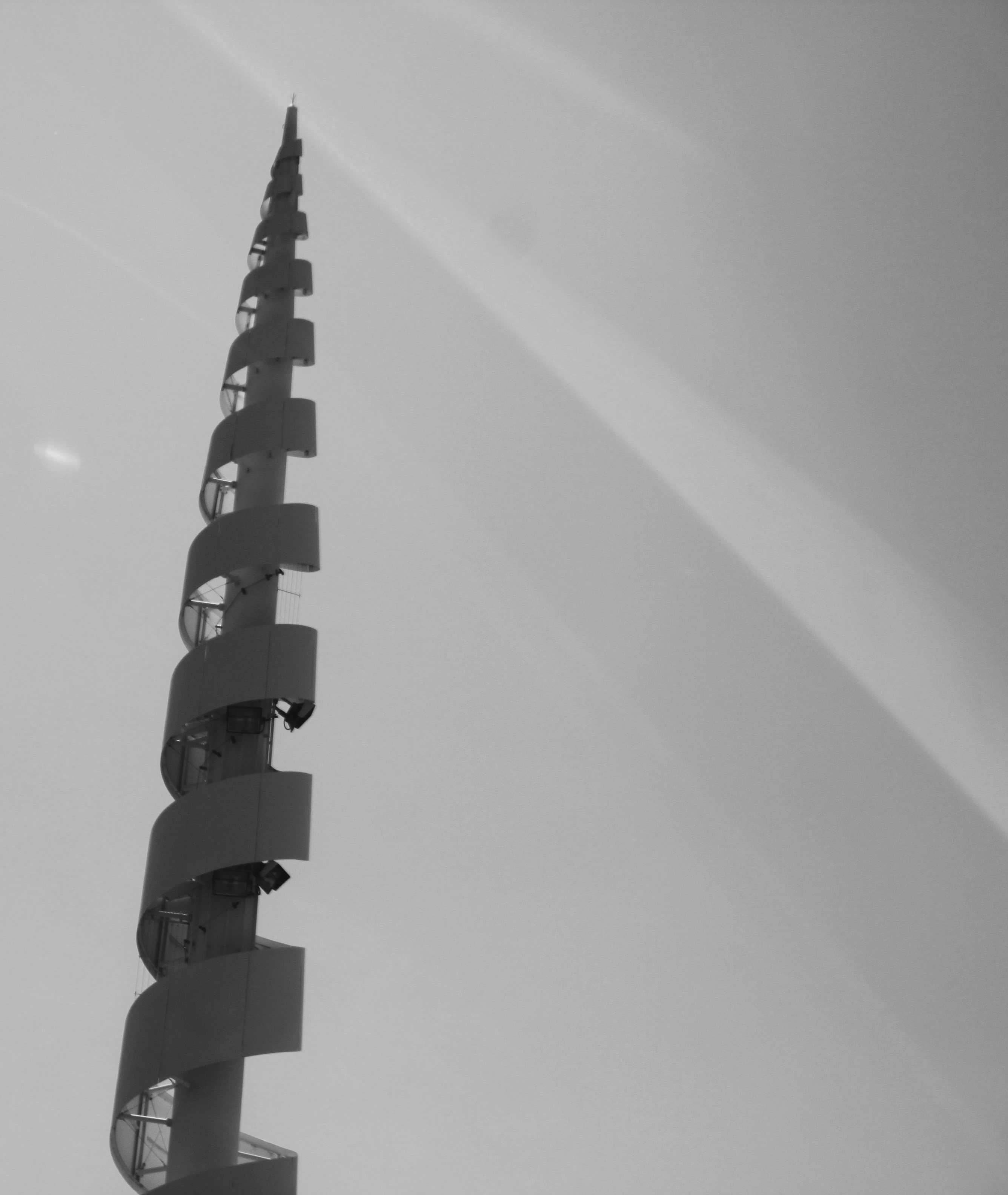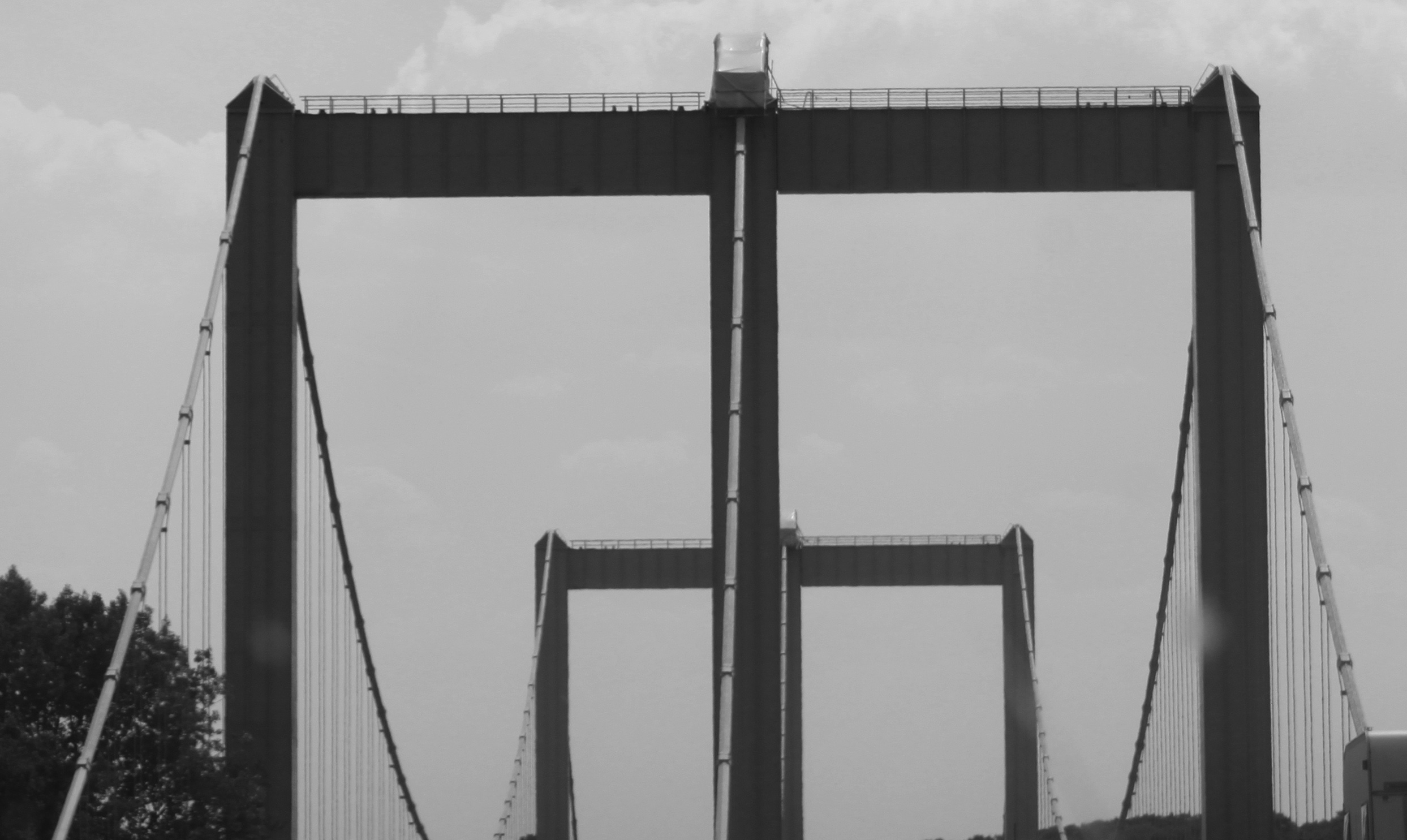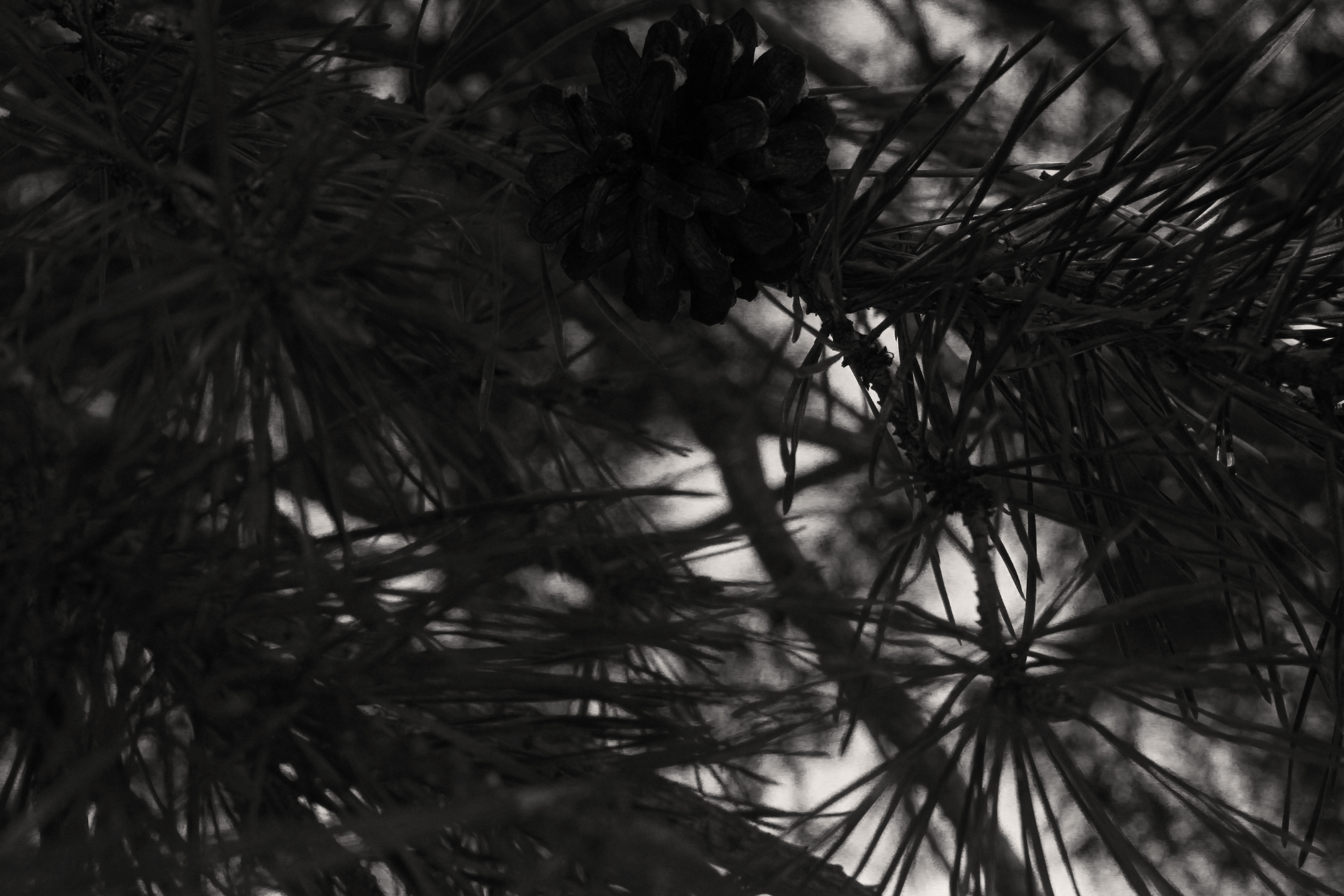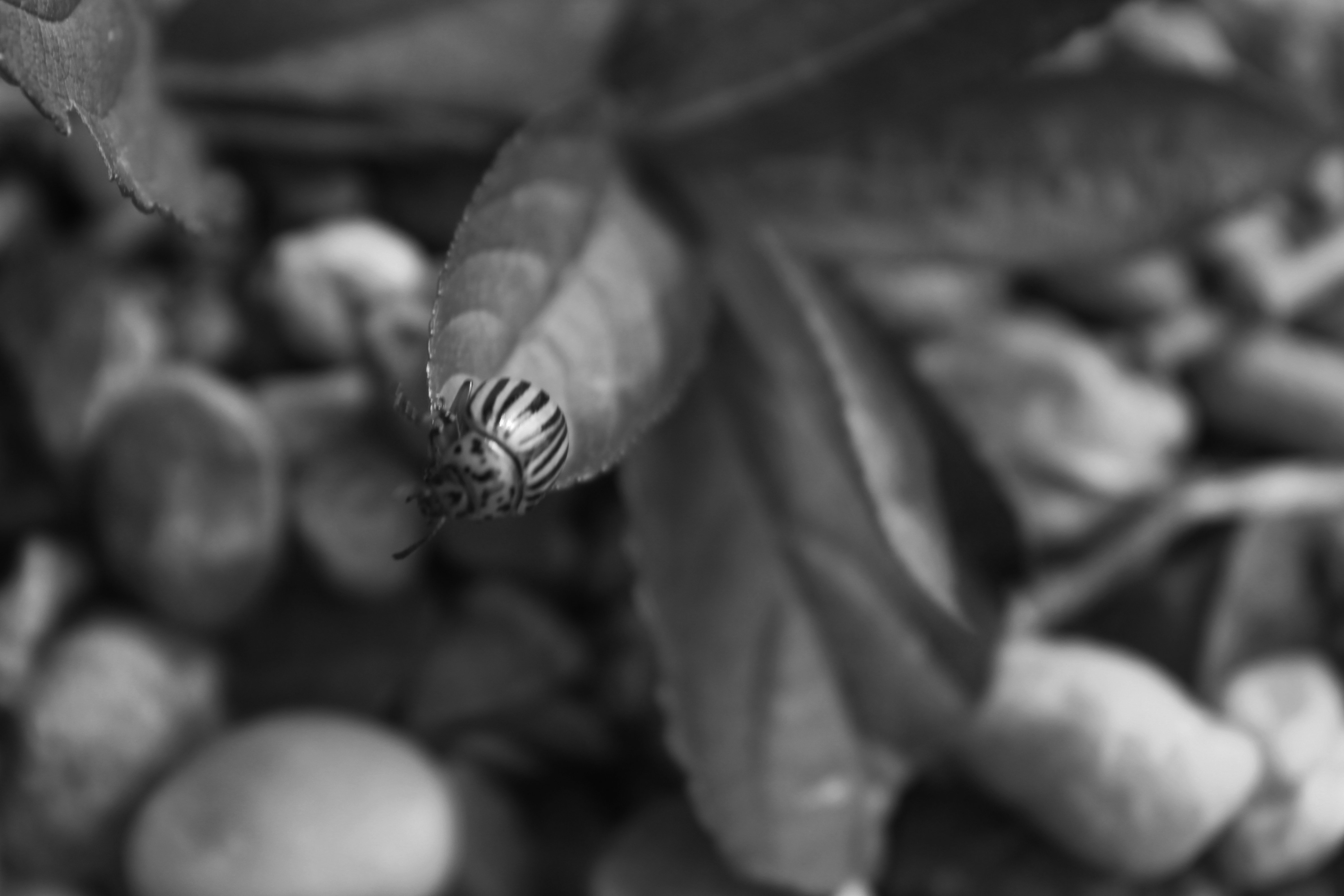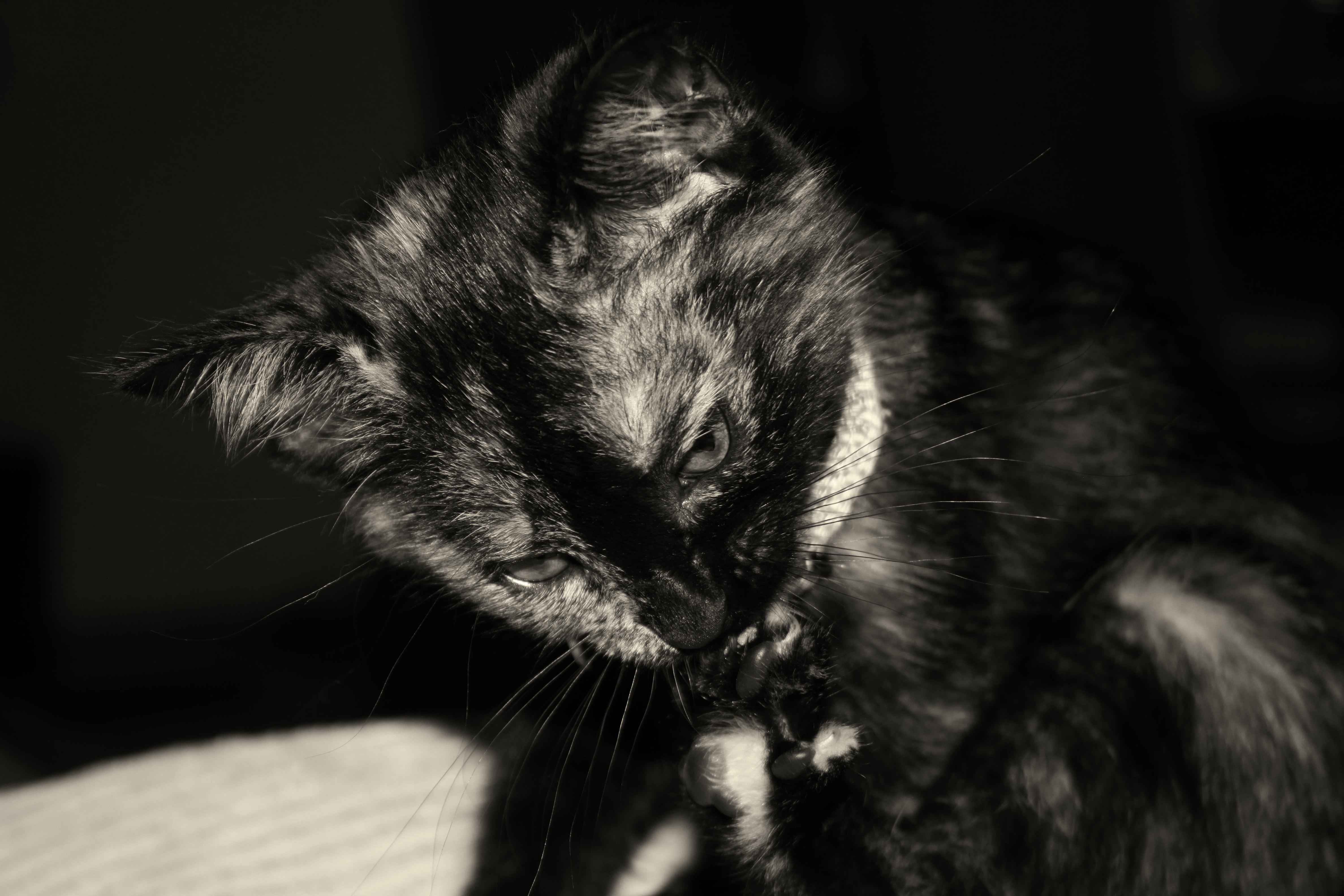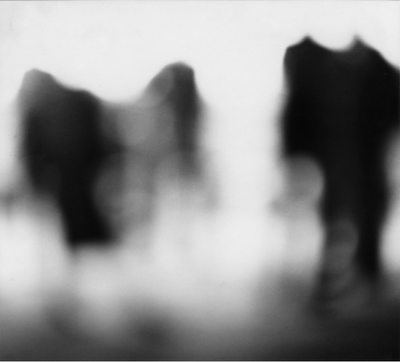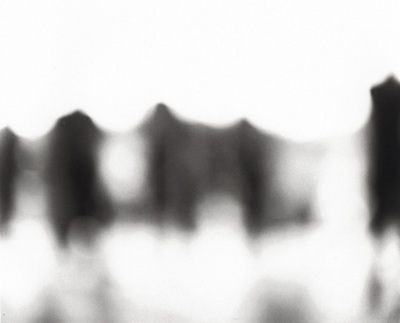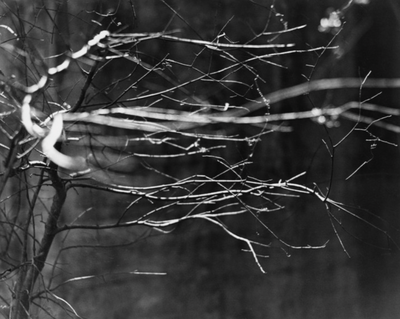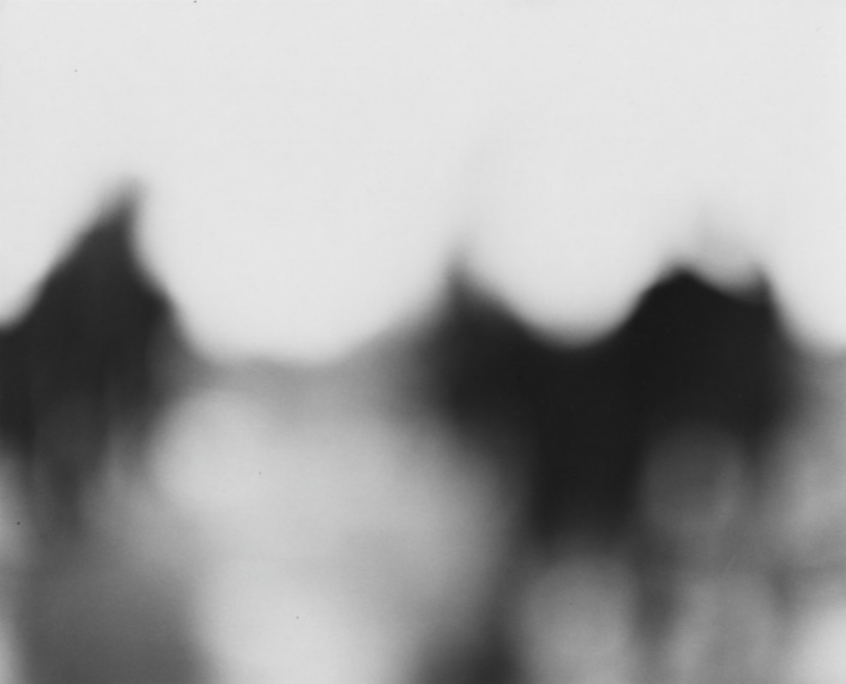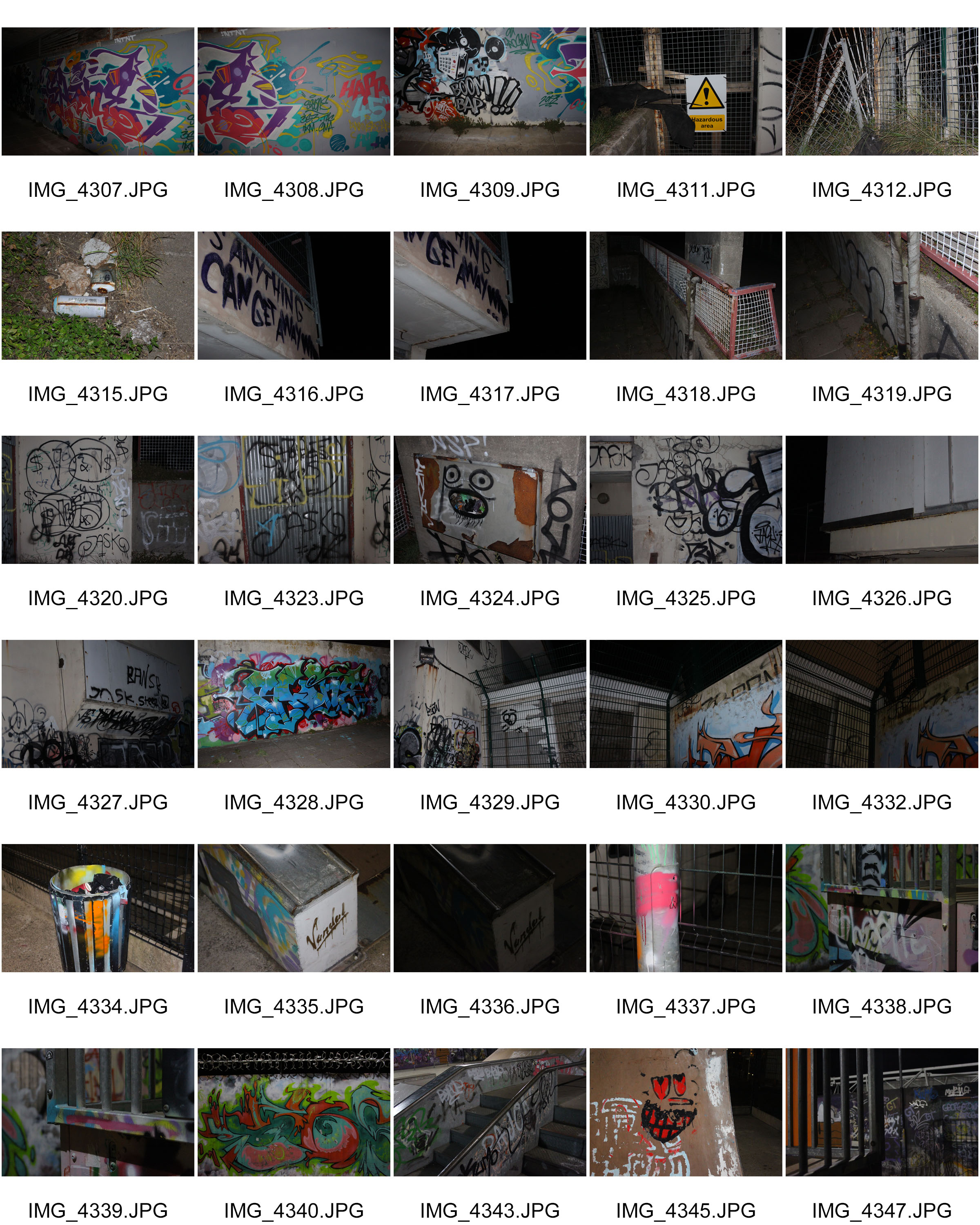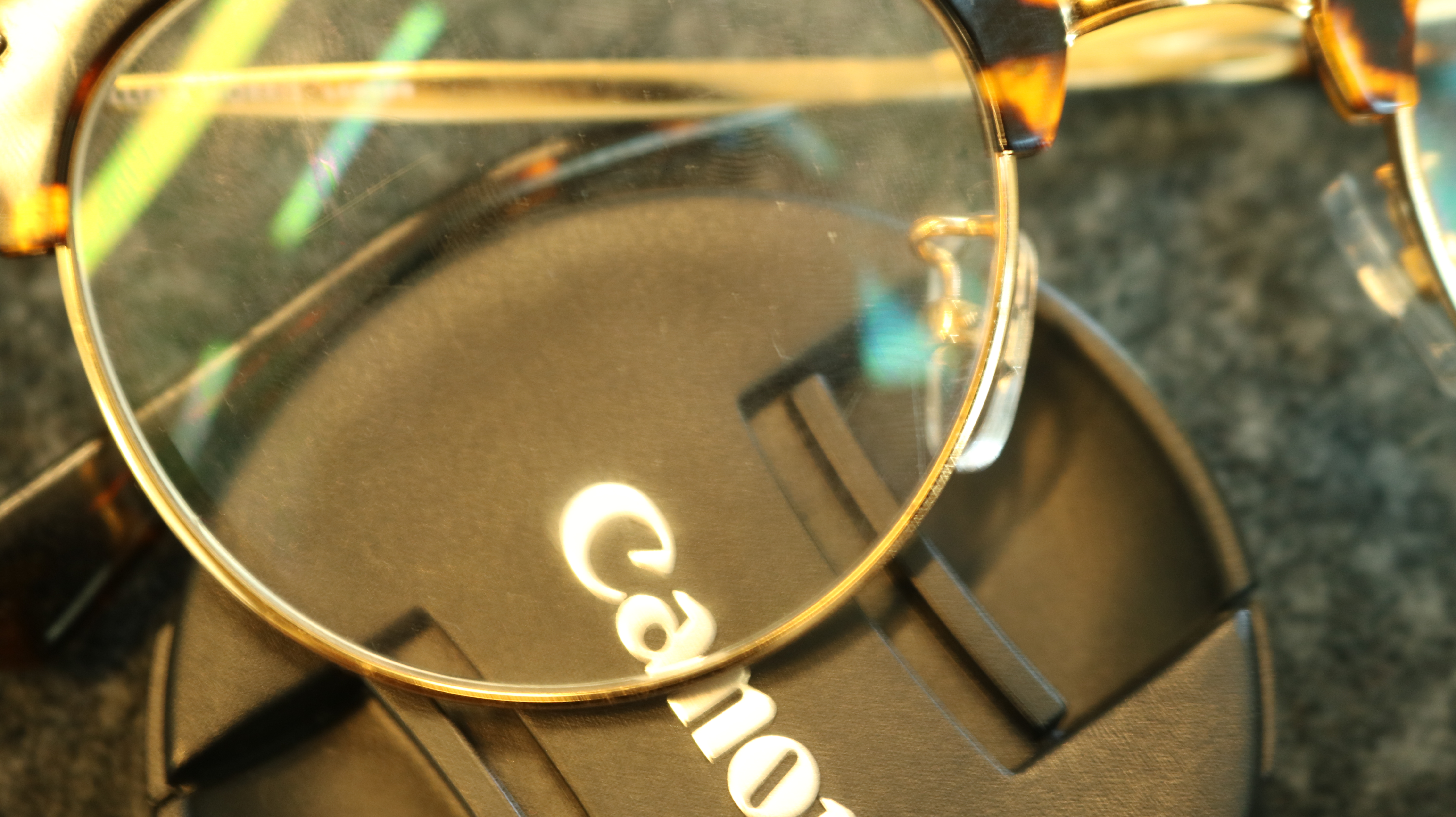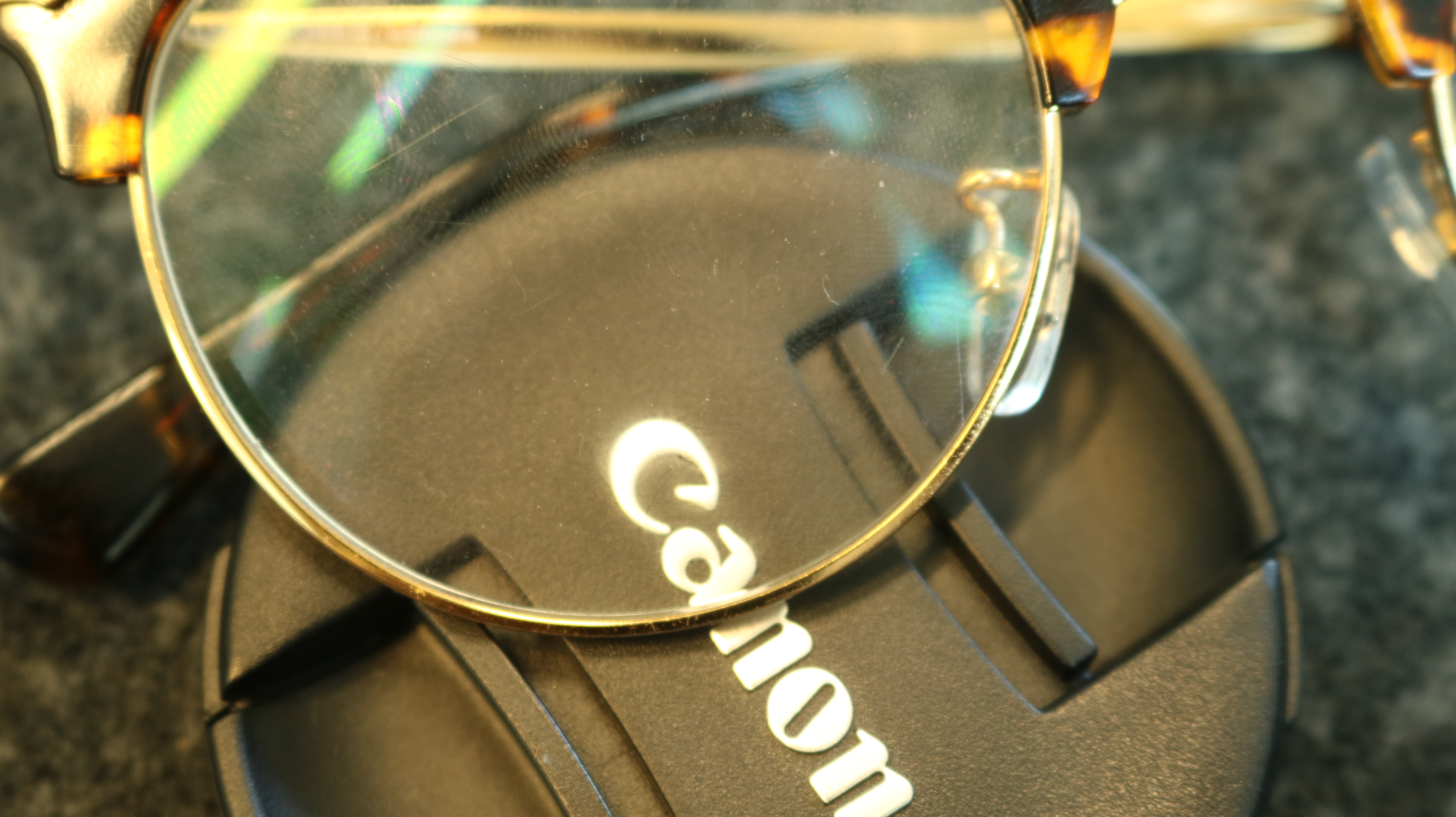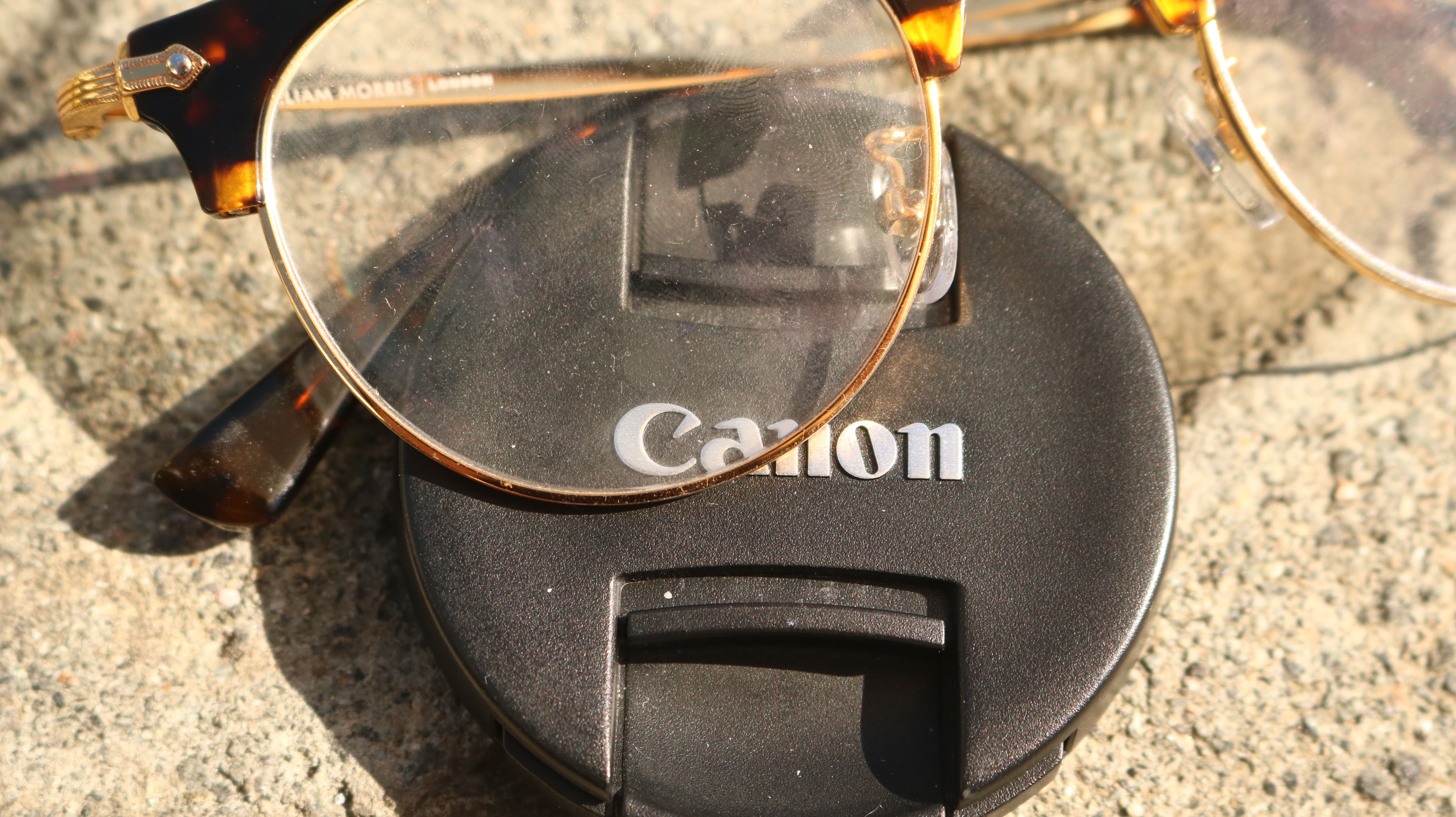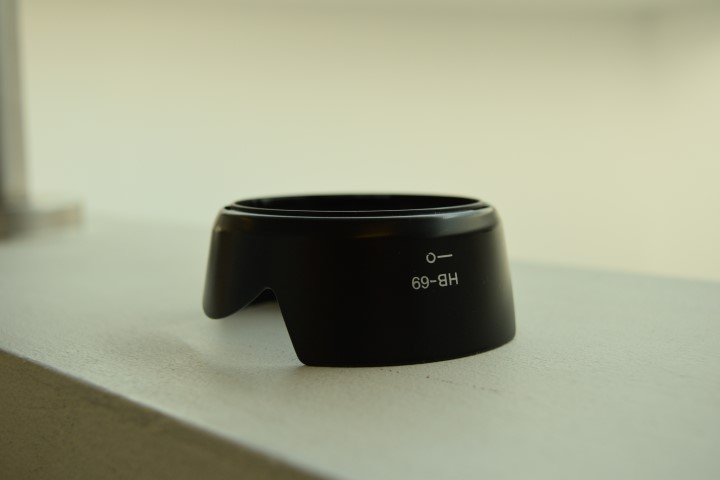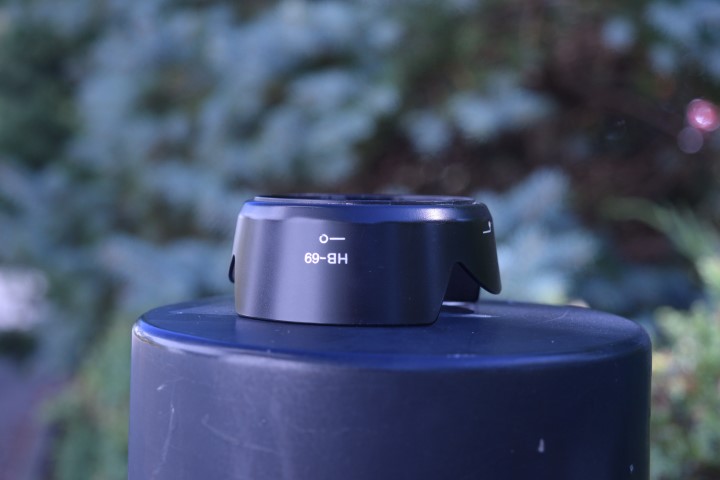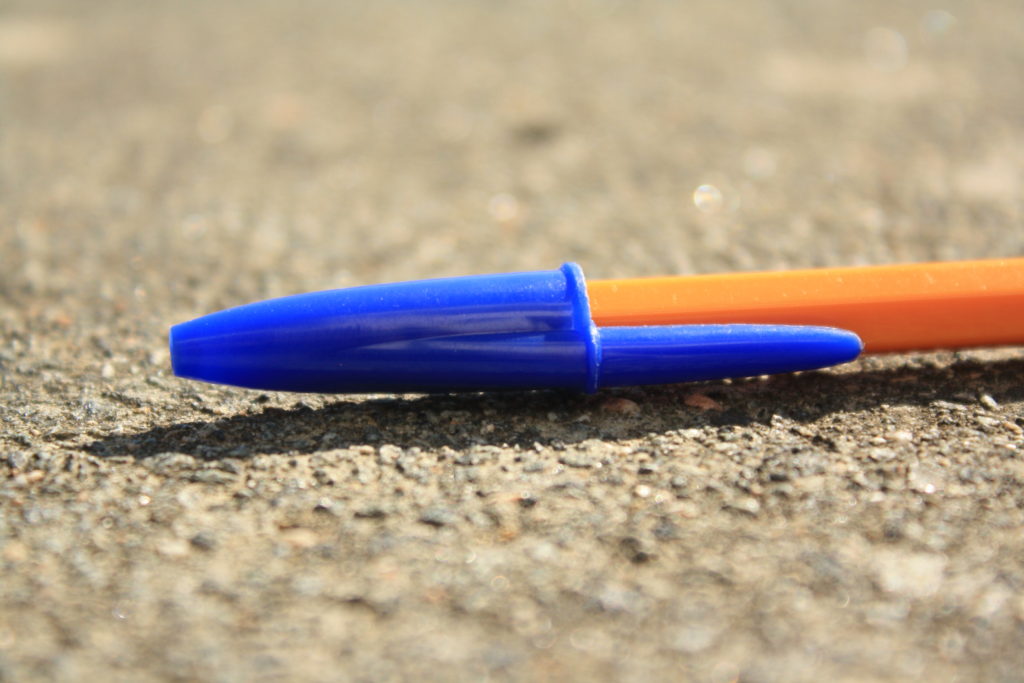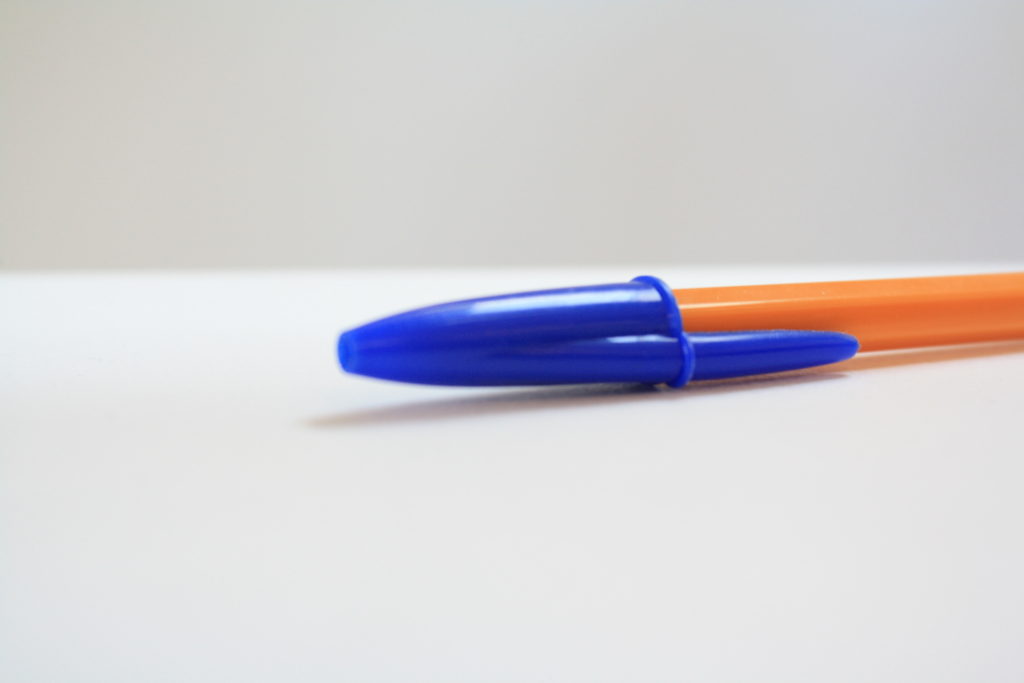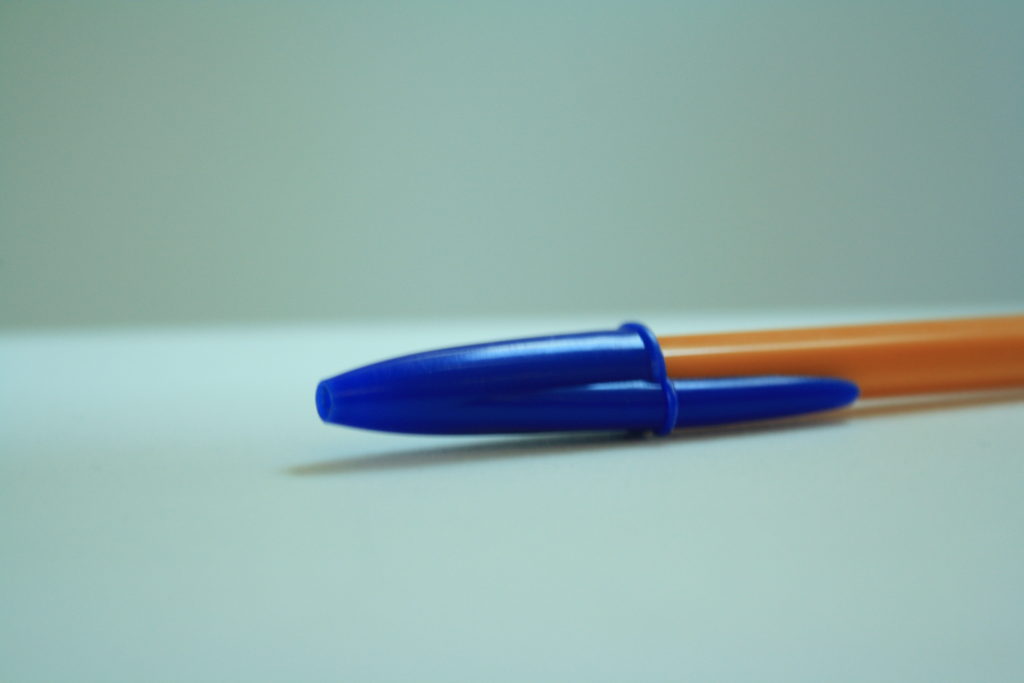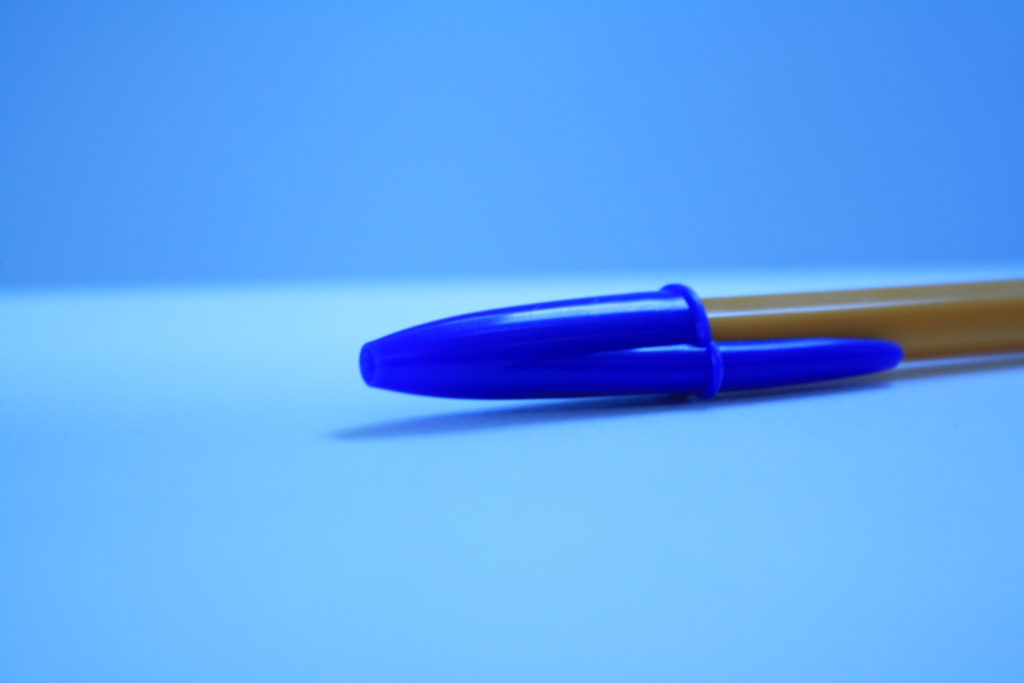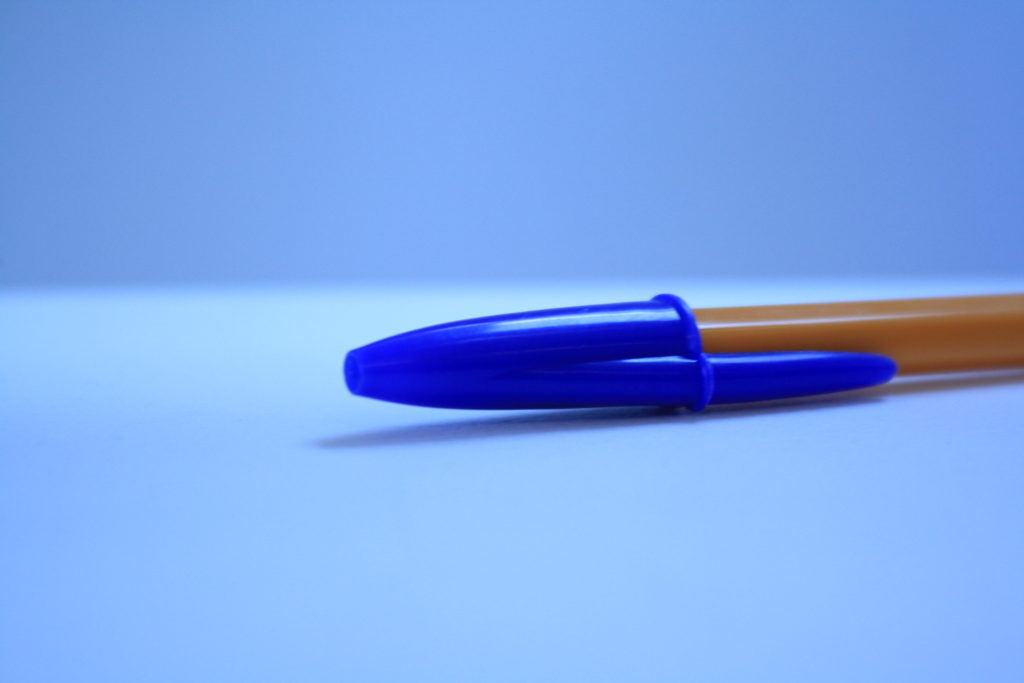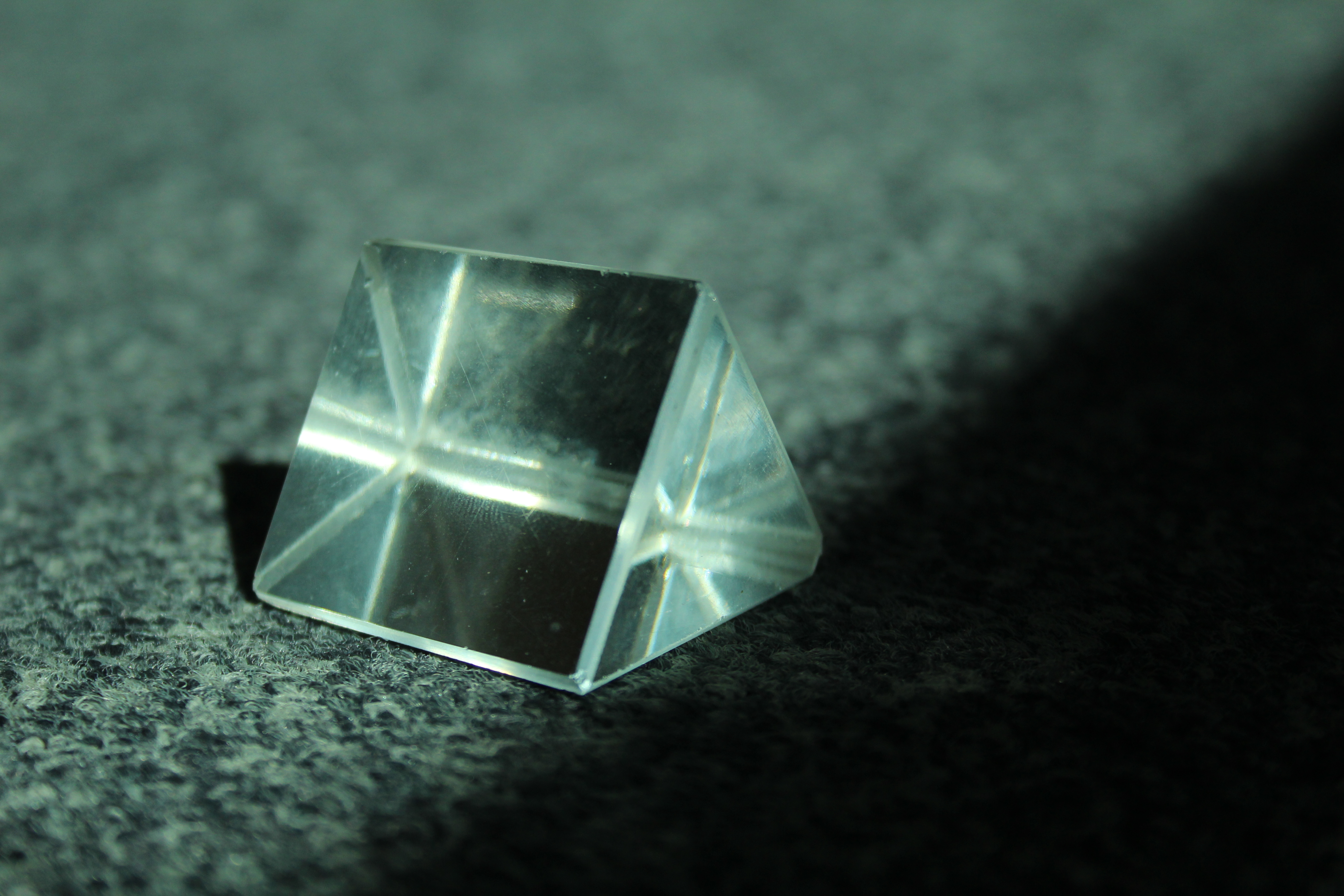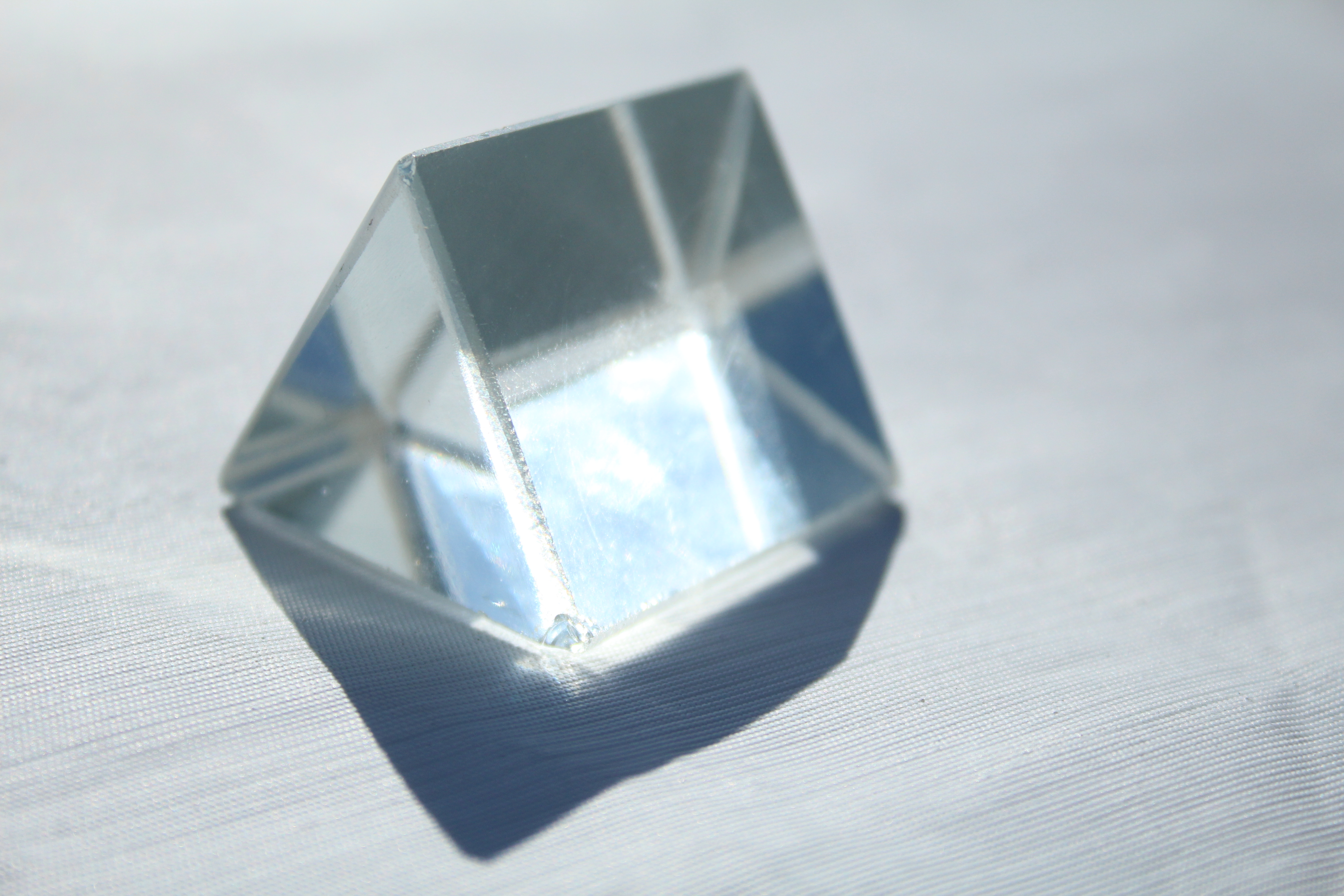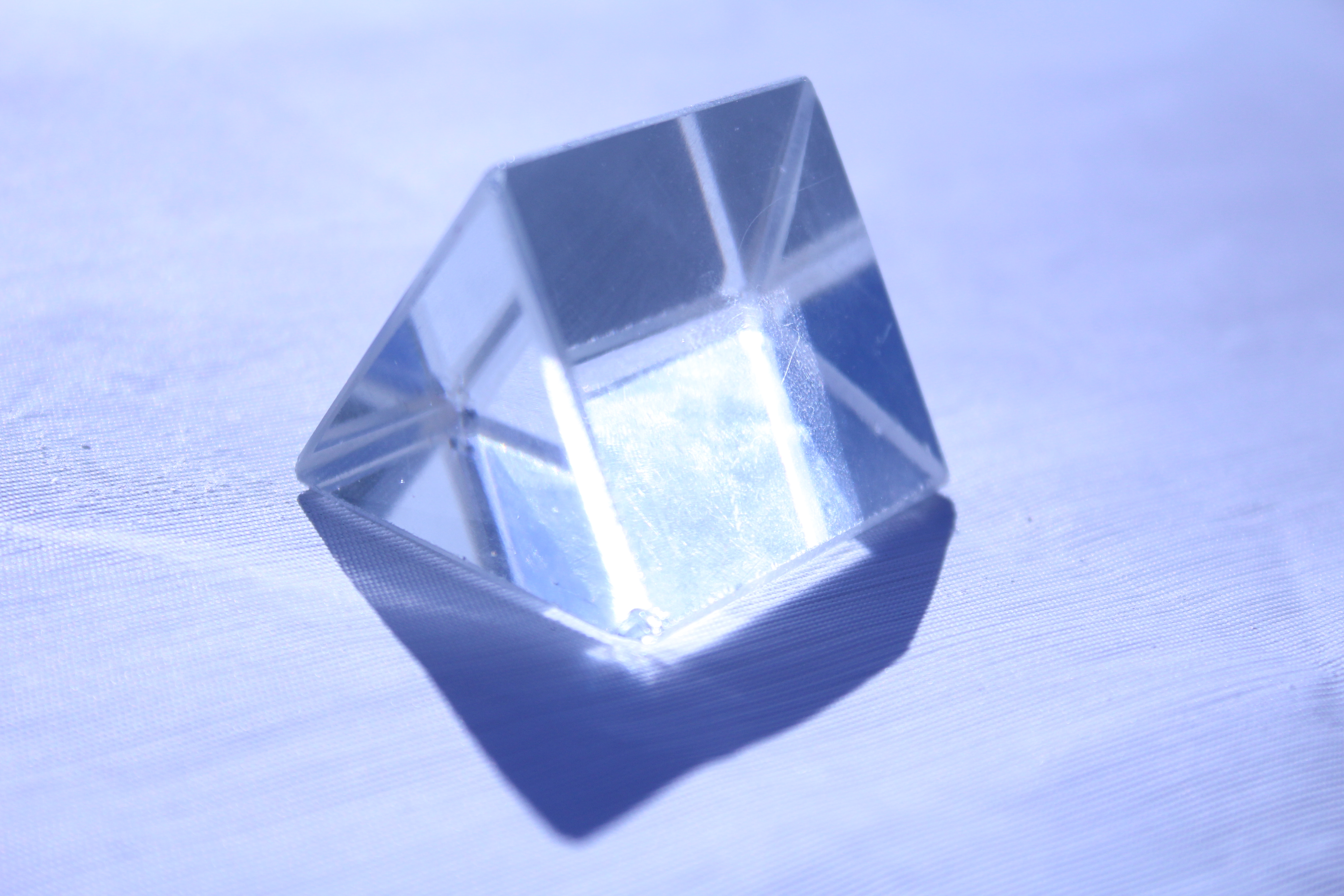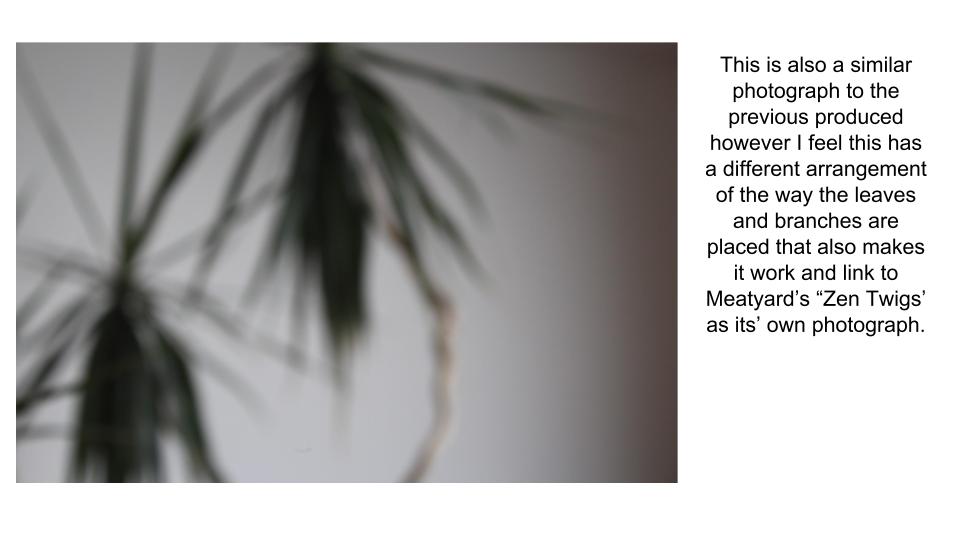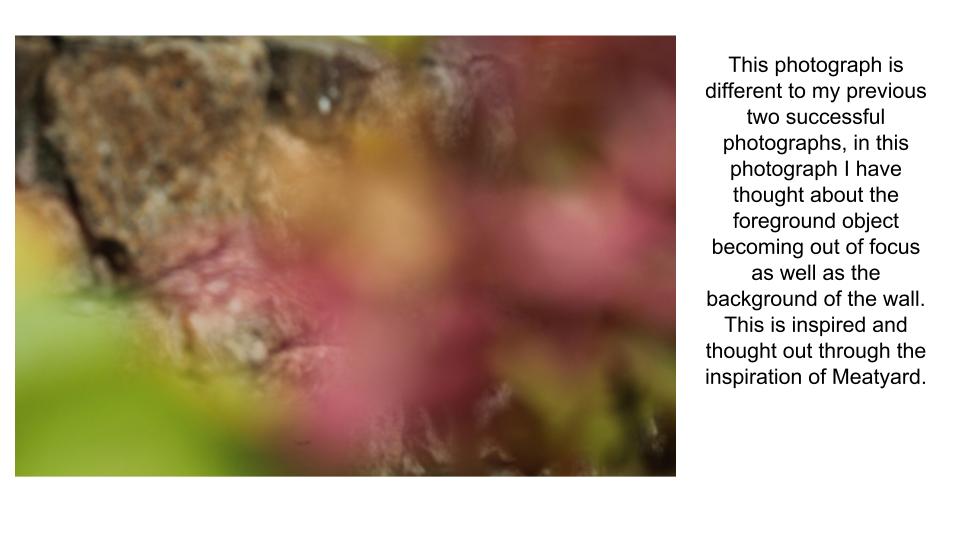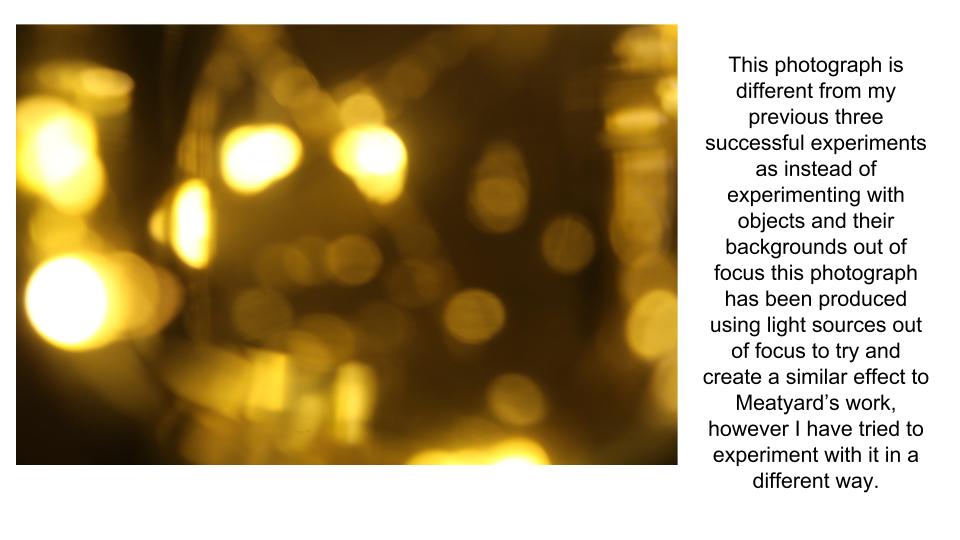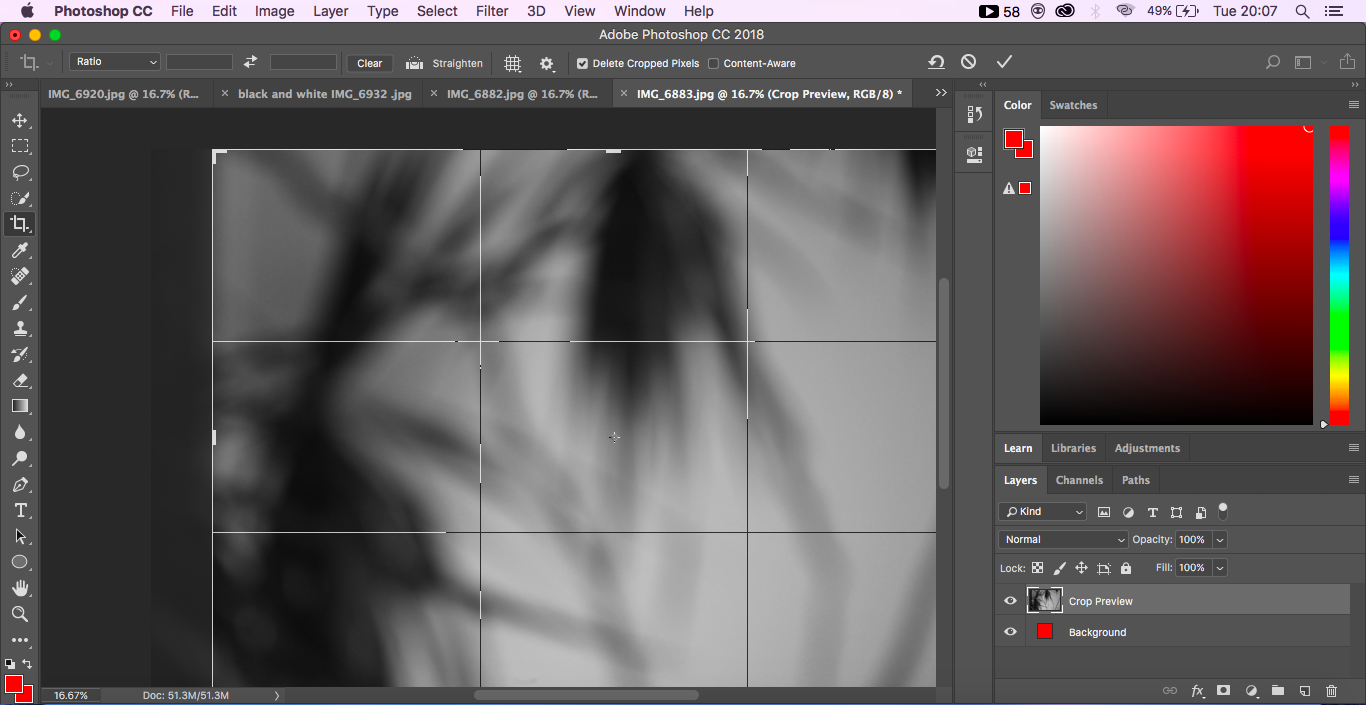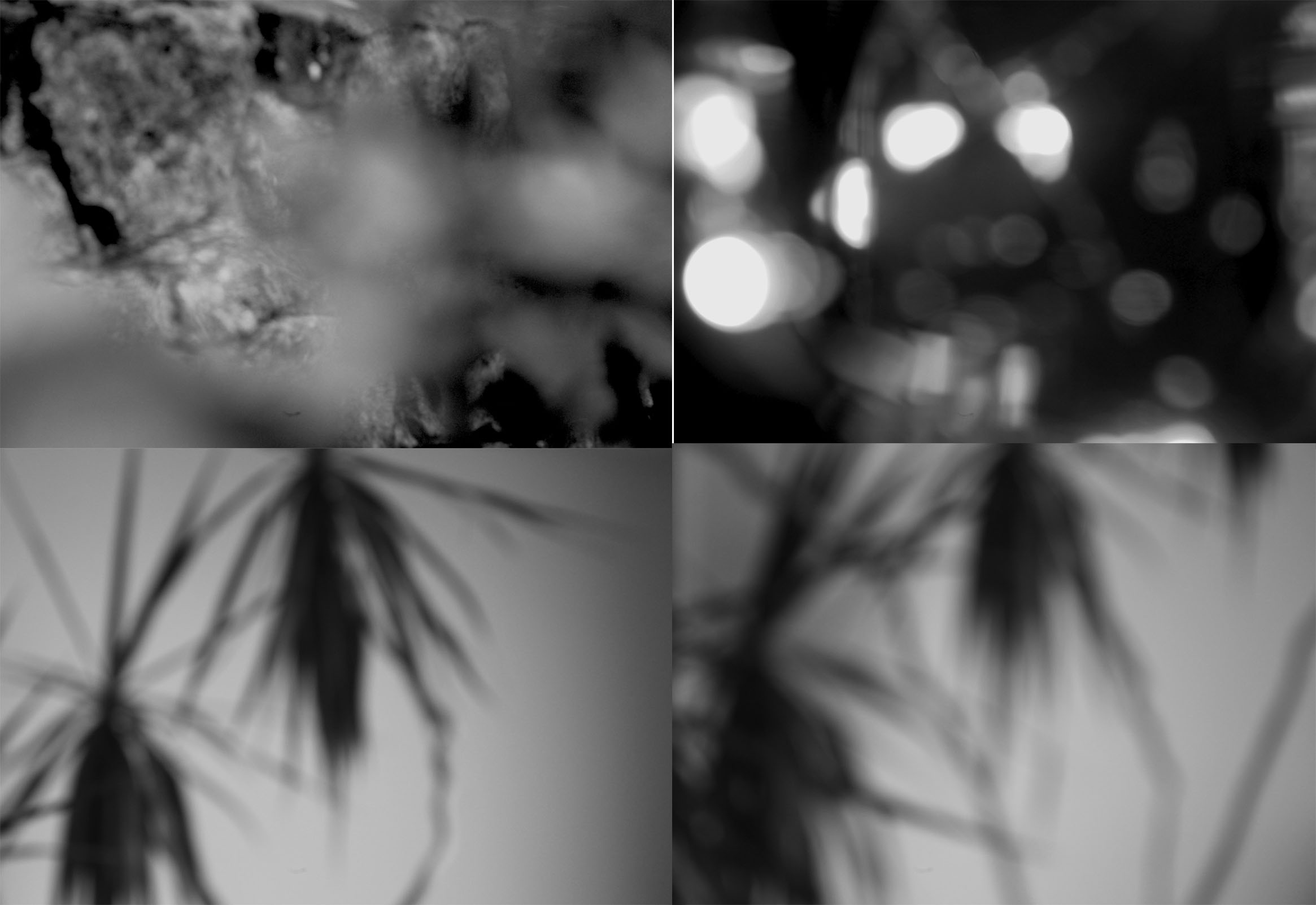Renger-Patzsch was born in Wurzburg on June 22, 1897 and passed away on September 27, 1966. He began making photographs by the age of twelve. After military service in WW1 he studied chemistry at Dresden Technical College. In the 1920’s he started working for the Chicago Tribune as a press photographer. He then left, and in 1925 he published his first book ‘The choir stalls of Cappenberg’. He had his first museum exhibition in 1927.
He released a second book in 1928 called ‘Die Welt ist Schon’. This is his best-known book, its a collection of one hundred of his photographs in which natural forms, industrial subjects and mass-produced objects are presented with the clarity of scientific illustrations (a visual approach to a scientific concept in a precise, clear and objective way). He believed that the value of photography was in its ability to reproduce the texture of reality. His archives were destroyed during WW2, and in 1944 he moved to Wamel, Mohnesee, where he lived the rest of his life.

My response:
In these photos I tried to to capture bold shapes like Albert Renger-Patzsch. I made all of them black them black and white to match the style, I also increased the contrast and decreased the brightness on some of the photos to bring out the shadows more which makes the shapes bolder. I also cropped the 1st and 3rd photos a lot as I wasn’t interested in the majority of the frame (e.g. I removed all of the empty sky from the drill photo).


